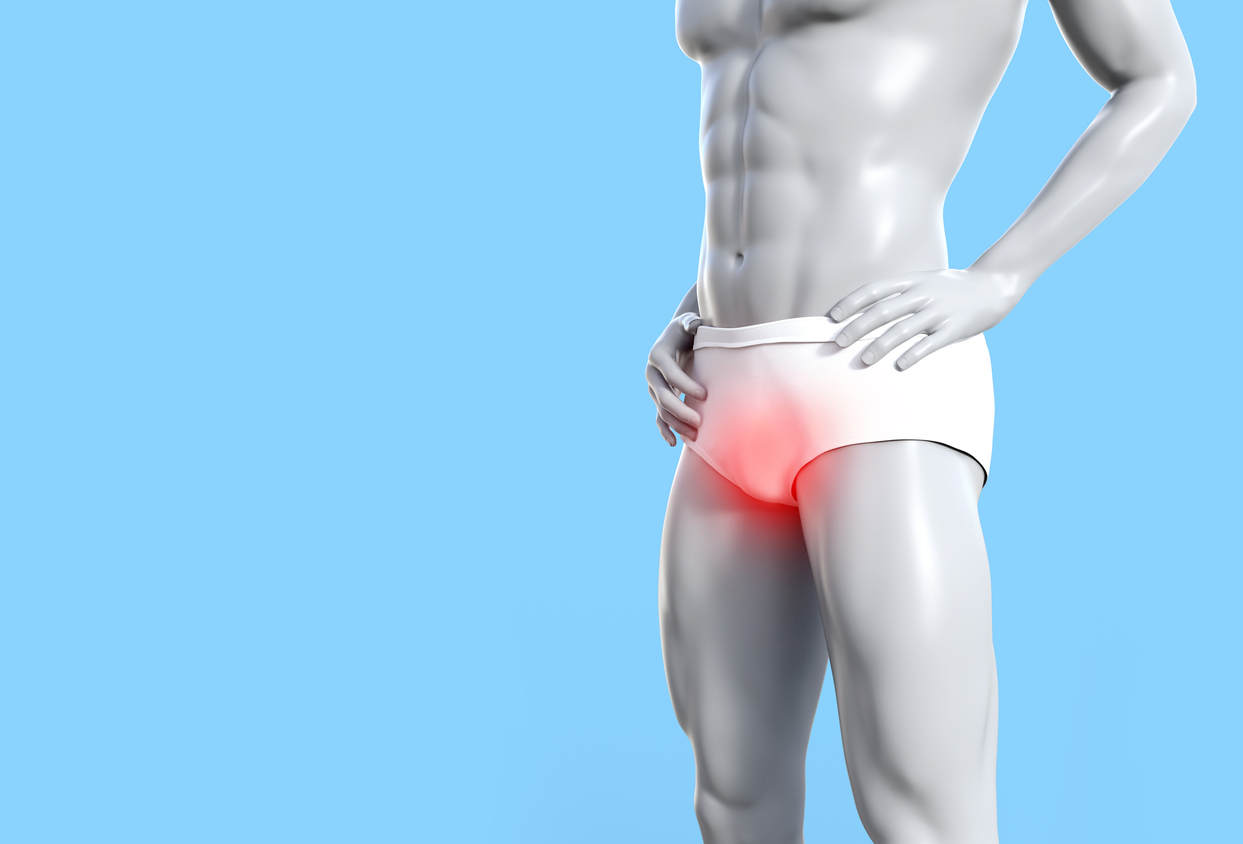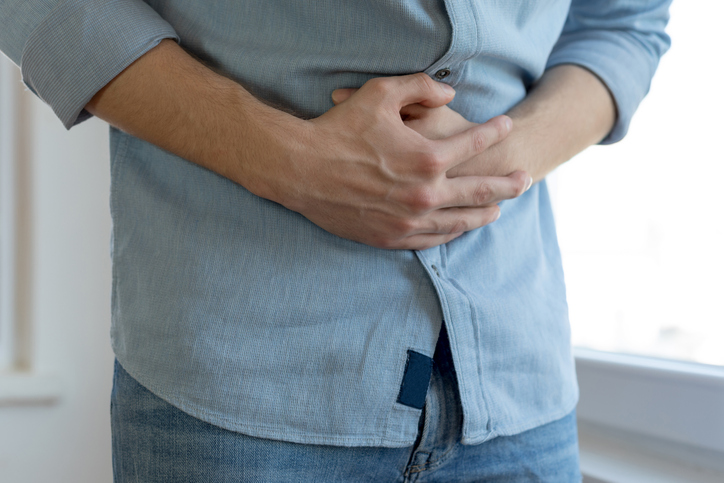Pain
Types of Prostatitis

What is prostatitis?
Prostatitis is a condition that occurs when the prostate gland becomes inflamed. The prostate gland is approximately the size of a walnut and is located just below a man's bladder. Inflammation can spread to other areas surrounding the prostate.
The prostate gland surrounds the upper portion of the urethra, which is the tube that carries urine from the bladder. The prostate, along with other glands, produce fluid (semen) to protect sperm as they travel.
Types of prostatitis
There are four types of prostatitis. Each type offers slightly different symptoms and causes.
Asymptomatic inflammatory prostatitis
This type of prostatitis involves an inflamed prostate, but displays no symptoms. Lack of symptoms causes difficulty diagnosing; therefore, it is often diagnosed during an unrelated examination or blood testing. Treatment is not necessary for asymptomatic inflammatory prostatitis, although it could lead to infertility.
Acute bacterial prostatitis
Bacteria can enter the prostate through the urinary tract or travel through blood, resulting in an infection. Acute bacterial prostatitis begins suddenly and may present symptoms that include fever, chills, difficulty urinating, cloudy urine, pain at the base of the penis or behind the scrotum, bloody semen, or an urgent need to urinate with little production.
Immediate medical attention should be sought for this condition as it is the most severe, yet least common, type of prostatitis. Treatment typically involves antibiotics, alpha-adrenergic blockers, or both. NSAIDs and prostate massages may also be recommended.
Chronic bacterial prostatitis
Chronic bacterial prostatitis is ongoing or recurring with similar symptoms to acute bacterial prostatitis; however, symptoms are less severe. This type of prostatitis is most common in older men and often follows a case of acute bacterial prostatitis or urinary tract infection.
Symptoms of chronic bacterial prostatitis include painful urination or ejaculation, rectum or lower back pain, bloody semen, urinary blockage, heavy feeling behind the scrotum, and the urgent need to urinate, usually during the night. Treatment is generally the same as acute bacterial prostatitis.
Chronic prostatitis/chronic pelvic pain syndrome (CP/CPPS)
This is the most common type of prostatitis. The symptoms are the same as acute bacterial prostatitis, with less severity and lasting a longer time (up to several months). Tests to detect prostatitis show no bacteria present. Symptoms may be intermittent or constant throughout the duration of the condition, causing difficulty with diagnosing. The main symptom for CP/CPPS is pain occurring in the penis (frequently the tip), scrotum, perineum (between the scrotum and rectum), or lower abdomen for at least three months. Other symptoms include pain during urination or ejaculation, frequent urination, and a weak urine stream.
The cause of CP/CPPS is not entirely understood, however the condition is linked with stress, previous infection, nerve damage, irregular hormone activity, physical injury, and autoimmune disorders, such as chronic fatigue syndrome and irritable bowel syndrome. Treatment for this type of prostatitis is typically to reduce pain and can include physical therapy.





